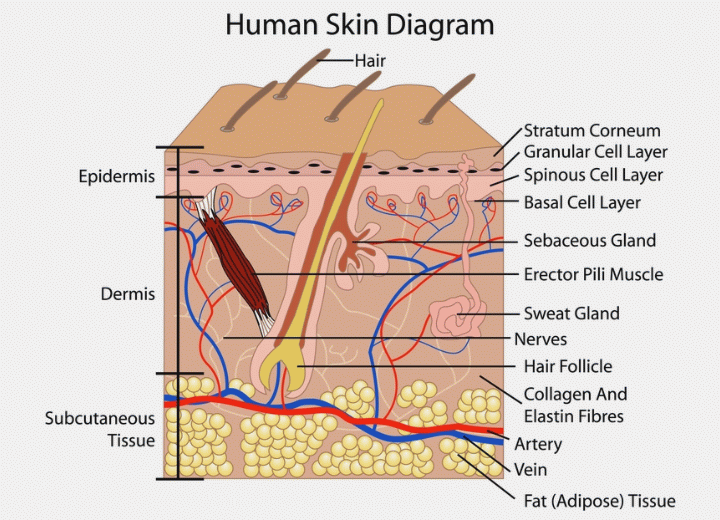Cure for Male Baldness

News reports have revealed some very interesting news in the field of men’s hair-loss research and are making progress toward potential treatments for the problem. Scientific research, being done in places like the San Francisco Veterans Affairs Medical Center, Harvard Medical School and the University of Pennsylvania, is giving hope to millions of men that there is a possible cure for hair loss in the not-too distant future.
The research groups are focusing on various aspects of hair loss, but when looked at as a whole, the results and information being uncovered is significant. Scientists have found crucial elements in the hair-growth process, specifically vitamin D and the microscopic receptors that bind to it in the skin. (The vitamin D receptor was discovered back in 1969 by Mark Haussler, who is currently professor of basic medical sciences at the University of Arizona.) Furthermore, some researchers have identified molecules that activate the receptor and could lead to future treatments that might help in regenerating the hair follicle.
In related studies and research, the scientists at the University of Pennsylvania have actually discovered the specific causes of hair loss in men and are zeroing in on a potential treatment based on their discoveries. As is commonly known, our bodies’ cells have natural growth cycles. The cells grow, die and are replaced constantly. Yet, in around 80% of Caucasian men who develop what is called male-pattern baldness the hair follicles simply stop re-growing.
In research done while he was at the University of Pennsylvania, Dr. Luis Garza (who is now assistant profession of dermatology at Johns Hopkins) discovered that during the natural cycle of hair growth in the follicle - just before it ceases the growth phase – there is an increase in levels of a molecule called Prostaglandin D2 (PGD2).
Researchers then turned their attention to the scalps of men with male pattern baldness and discovered higher levels of PGD2 in the scalp and follicles than in those men without the hair loss condition. This led to the conclusion that PGD2 was the cause of the hair loss when the genetics of the scalp decreed the overproduction of the molecule.
The scientists continued study and found that there is a receptor that triggers the molecule’s destructive effects and been working on a way to use this receptor to devise a treatment to allow men in the early stages of baldness to hold onto their hair. This would work by introducing a molecule that would act as a “decoy” and bind to the receptor, which would prevent the PGD2 molecule from being able to act on the receptor. Without the binding to create the triggering effects, the PGD2 can’t cause any damaging effect to the follicle and would allow the follicle to continue producing hair according to its growth cycle.
Researchers have a handful of treatments focusing on the receptors already in clinical trials, but there is an interesting twist. PGD2 is also responsible for asthmatic conditions. The PGD2 molecule causes a reaction in bronchial tissues that leads to the contractions that are experienced by asthmatics and can be so dangerous in many cases. One of the drugs currently being tested in clinical trials is ramatroban, and scientists are trying to find ways to convert the oral and inhalable versions of the drug in the asthma trials in to topical treatments for use in hair loss research.
It should be noted that there is no known relationship between asthma and male pattern baldness, and that the PGD2 works differently in the two areas of the body. The enzymes that create PGD2 in the scalp come from the brain, and the PGD2 in the lungs which causes asthmatic reactions is blood-born. When an asthmatic comes in contact with an allergen trigger, the production of PGD2 goes into overdrive, leads to inflammation of the bronchial tissues and causes the difficulty in breathing. There has been no evidence to link asthmatic reactions caused by the PGD2 creation triggered in asthmatics with any hair loss in those individuals.
Unfortunately, there are factors that are still uncertain. There is no timetable for testing and trials of possible treatments. There are the factors of dosage and safety issues to be considered – and approval to be obtained - before testing could be performed. There is also the question of whether or not the treatment would be merely a preventive. It may not work on men who have already lost their hair. Even so, there is a great deal of hope to be had in the news that has been revealed in this research.
©Hairfinder.com
See also:
Hair loss treatment
Genetic hair loss
Hair loss and diabetes